Polyethylene, commonly known as PE, is a thermoplastic resin produced through the polymerization of ethylene monomers.
Based on the method of polymerization, the molecular weight, and differences in chain structure, polyethylene is primarily classified into four types: High-Density Polyethylene (HDPE), Low-Density Polyethylene (LDPE), Linear Low-Density Polyethylene (LLDPE), and Ultra High Molecular Weight Polyethylene (UHMWPE).
Next, we will delve into the characteristics and applications of these different types of polyethylene.
What Is Polyethylene?
Before discussing the different types of polyethylene, it’s essential to understand what polyethylene itself is.
Polyethylene, also known as PE, is a thermoplastic resin formed through the polymerization of ethylene monomers, with the chemical formula (C2H4)n.
This material is odorless, non-toxic, and has a wax-like feel, boasting excellent low-temperature resistance (usable down to -70 to -100°C).
Polyethylene is chemically stable and can resist the corrosion of most acids and bases (except strong oxidizing acids), insoluble in common solvents at room temperature, has low water absorption, and offers outstanding electrical insulation properties.
However, it is sensitive to environmental stress, including chemical and mechanical factors, and has poor heat aging resistance.
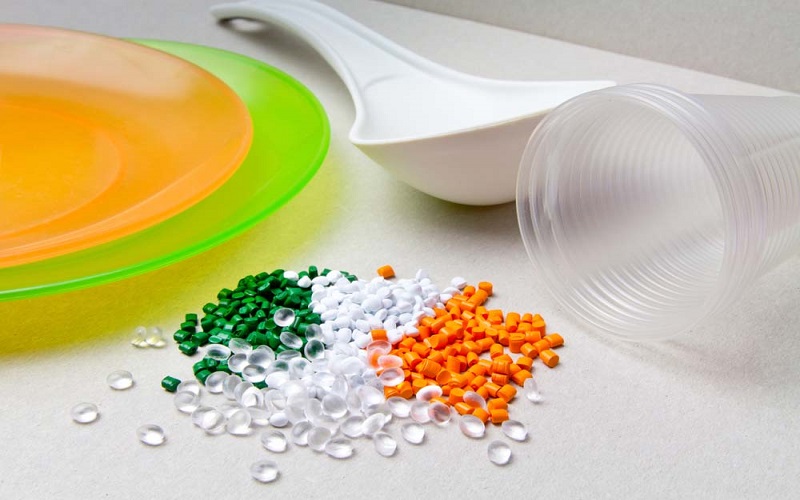
4 Types Of Polyethylene Material
Below are 4 common types of polyethylene materials:
1.High-Density Polyethylene (HDPE)
High-Density Polyethylene, also known as low-pressure polyethylene, is an opaque white waxy material with a density of 0.941 to 0.960g/cm3.
HDPE is resistant to acids, alkalis, and organic solvents, and has excellent electrical insulation properties.
At low temperatures, it maintains a certain toughness. Its surface hardness, tensile strength, and rigidity are all higher than those of LDPE.
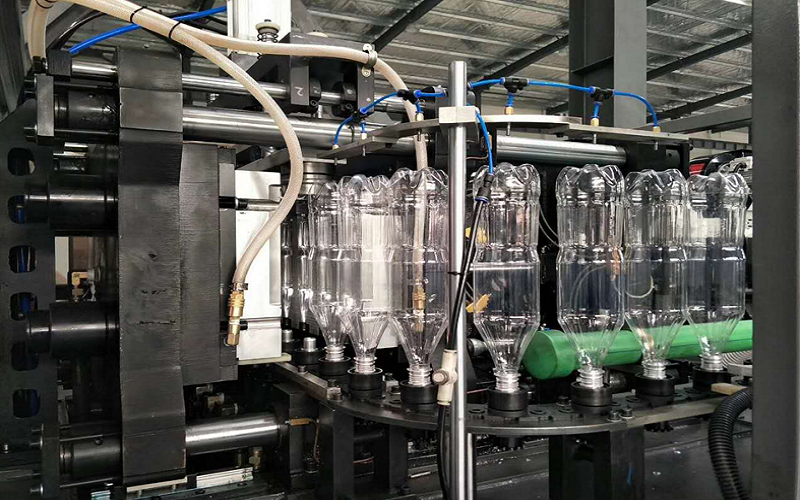
2.Low-Density Polyethylene (LDPE)
Low-Density Polyethylene, also referred to as high-pressure polyethylene, is the lightest variety of polyethylene resin, appearing as milky white, matte waxy granules.
Due to its higher branch content, LDPE offers good flexibility, elongation, electrical insulation, transparency, and some degree of breathability.
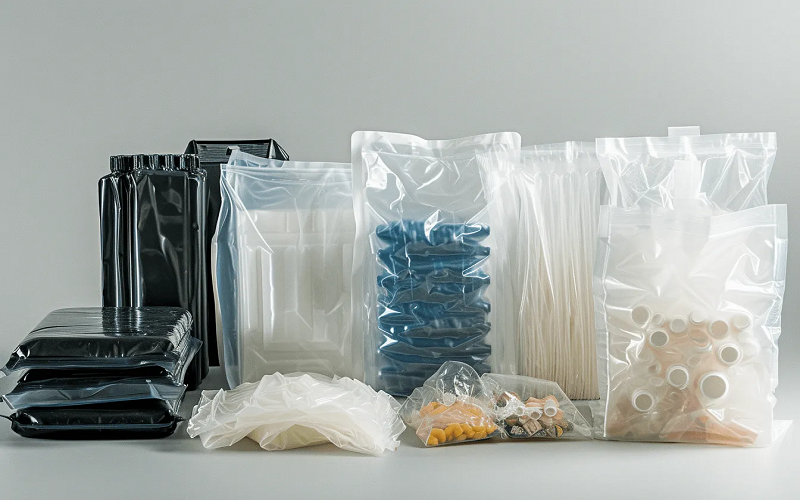
3.Linear Low-Density Polyethylene (LLDPE)
LLDPE is formed by copolymerizing ethylene with a small amount of α-olefins, resulting in a molecular structure that has very short copolymer branches along its linear ethylene backbone.
Compared to LDPE, LLDPE has higher softening and melting temperatures, as well as better resistance to environmental stress cracking, impact, and tear strength.
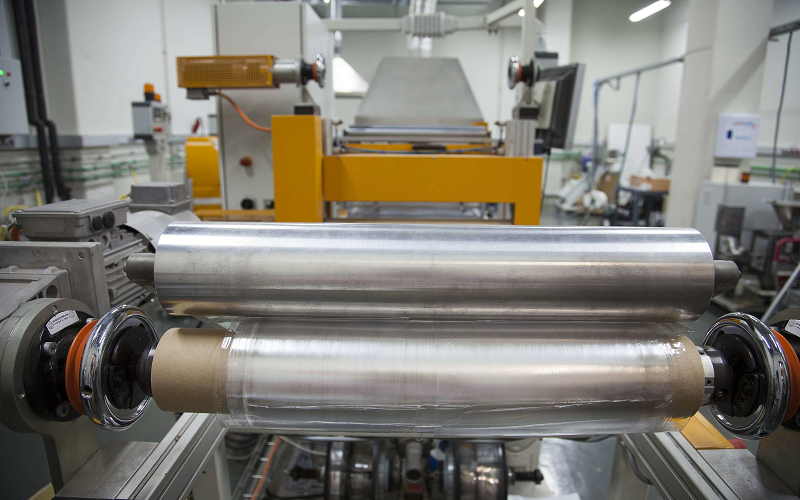
4.Ultra-High Molecular Weight Polyethylene (UHMWPE)
Ultra-High Molecular Weight Polyethylene (UHMWPE) is a linear polyethylene with a molecular weight exceeding 1.5 million, containing no branching.
Its molecular structure is fundamentally similar to that of HDPE, with a crystallinity of 70 to 85%.
This linear structure provides exceptional wear resistance, outstanding high modulus, high toughness, and resistance to environmental stress cracking.
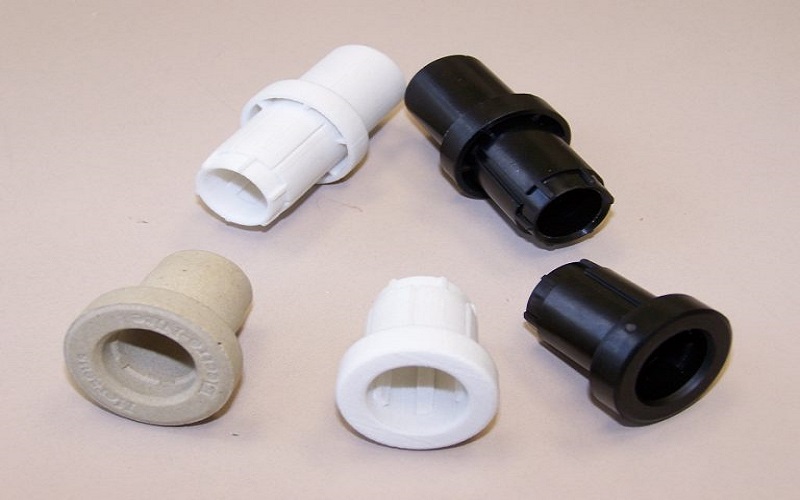
Table1:The Properties Parameters For 4 Types Of Polyethylene
Name | Density(g/cm3) | Crystallinity (%) | Melting Point(℃) | Production Process |
LDPE | 0.910-0.925 | 45-65 | 108-126 | High-pressure tubular and autoclave free radical polymerization |
LLDPE | 0.918-0.935 | 75-85 | 110-125 | Innovene process and UCC’s Unipol process |
HDPE | 0.941-0.960 | 80-90 | 125-135 | Gas phase and slurry process |
UHMWPE | 0.944-0.954 | 70-85 | 130-136 | Using Ziegler catalysts |
Types Of Processes For Manufacturing PE Plastics
Polyethylene, available in various forms, is adeptly used in a range of manufacturing processes such as injection molding, blow molding, extrusion, and film creation techniques like calendering or blown film extrusion.
Injection Molding
HDPE molding is a common technology, well-suited for producing large quantities of sturdy and durable items like containers, toys, and industrial parts.
In contrast, LDPE injection molding is better suited for creating softer, more flexible products such as squeeze bottles and tubing.
Blow Molding
This process is particularly effective for producing hollow plastic parts like bottles and drums.
High-density polyethylene, with its strong barrier properties and chemical resistance, is the preferred material for containers that store detergents, bleach, and other chemicals.
Extrusion Molding
Extrusion is another critical technique for manufacturing polyethylene products, used to make pipes, films, and profiles. Low-density polyethylene, prized for its flexibility and transparency, is predominantly used to produce packaging films, such as those for food packaging.
This array of processes highlights polyethylene’s versatility and adaptability to meet diverse product needs across different industries.
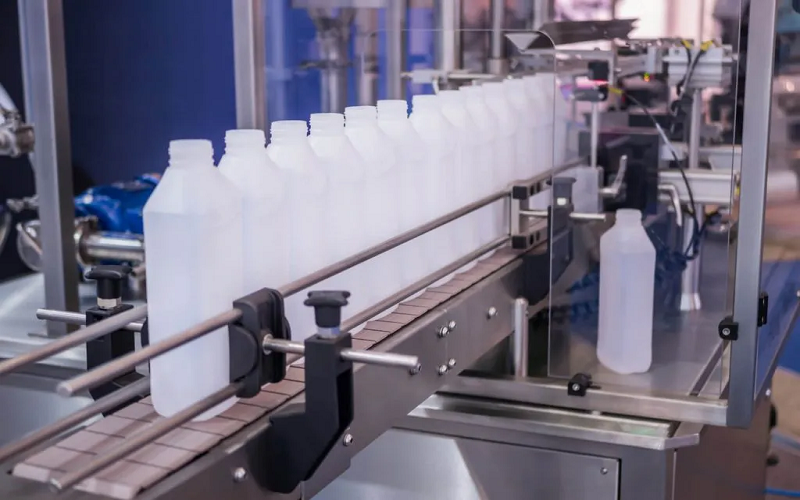
Common Uses For Various Types Of Polyethylene
These types of polyethylene have distinct characteristics that cater to a wide range of industrial and consumer applications:
- HDPE: Due to its strength and rigidity, it is used to manufacture durable items such as milk jugs, detergent bottles, and water pipes.
- LDPE: Mainly used to produce flexible products, such as grocery bags, plastic packaging, and food storage containers.
- LLDPE: 65%-70% of LLDPE is utilized for making films, and it is also used in manufacturing pipes and wiring and cabling solutions.
- UHMWPE: Used for creating highly wear-resistant engineering plastic parts, bearings, sliding components, and conveyor belts, and is also used in applications like artificial joints and bulletproof vests.
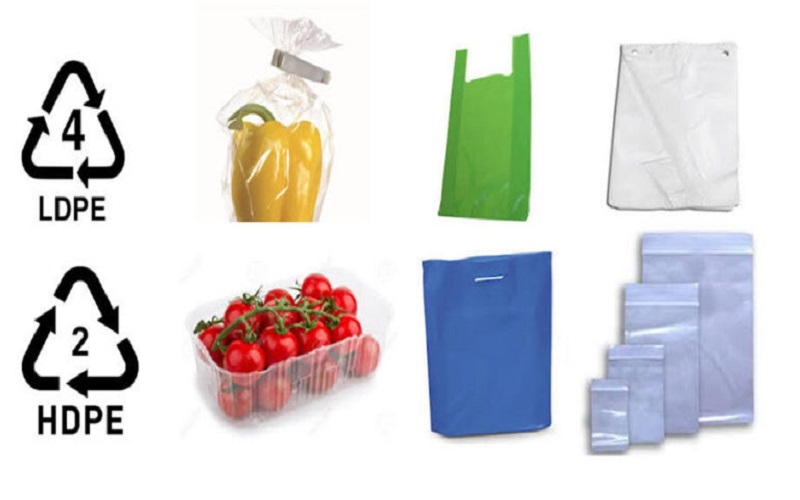
Table 2:Percentage of uses for common types of polyethylene
Application | Resin Proportion | Examples |
Film Products | LDPE-50%, HDPE-10%, LLDPE-70% | Packaging films, trash bags, cling films, agricultural films |
Injection Molding Products | HDPE-30%, LDPE-10%, LLDPE-10% | Pots, tubs, baskets, boxes, cups, toys, etc. |
Bulk Control Products | Mainly HDPE | Containers for food oils, alcohol, gasoline, and chemical reagents |
Pipe Products | Mainly HDPE | Water pipes, gas pipes |
Cable Products | Mainly LDPE | Cable insulation and protection materials |
Filament Products | HDPE for round filaments; HDPE and LLDPE for flat filaments | Fishing nets, ropes, industrial filters, household window screens, etc. |
Which Type Of Polyethylene Is Recyclable?
Polyethylene is a recyclable plastic, typically identified by the numbers “2” and “4” in recycling symbols, representing HDPE and LDPE, respectively.
However, the ease of recycling and the potential for reuse can vary significantly between different types of polyethylene due to specific recycling technologies, equipment variations, and market demands.
For example, HDPE is widely used in products such as detergent bottles and milk jugs, which can be recycled into plastic lumber, trash bins, or reused as packaging materials.
These HDPE products are more readily recyclable due to their durability and ease of cleaning.
In contrast, LDPE is primarily used in the production of items like plastic films and shopping bags.
Recycling these LDPE products is relatively challenging because they are often thin, prone to contamination, and require specialized equipment for thorough cleaning and processing.
Recycled LDPE may be used to manufacture composite wood or reprocessed into plastic films, but this requires advanced technology and significant investment.
Therefore, while polyethylene is a recyclable material, the actual effectiveness and economic viability of its recycling largely depend on the sophistication of the recycling processes and the market demand for related products.
By optimizing recycling procedures and expanding applications, the recycling rates and resource efficiency of polyethylene can be further enhanced.
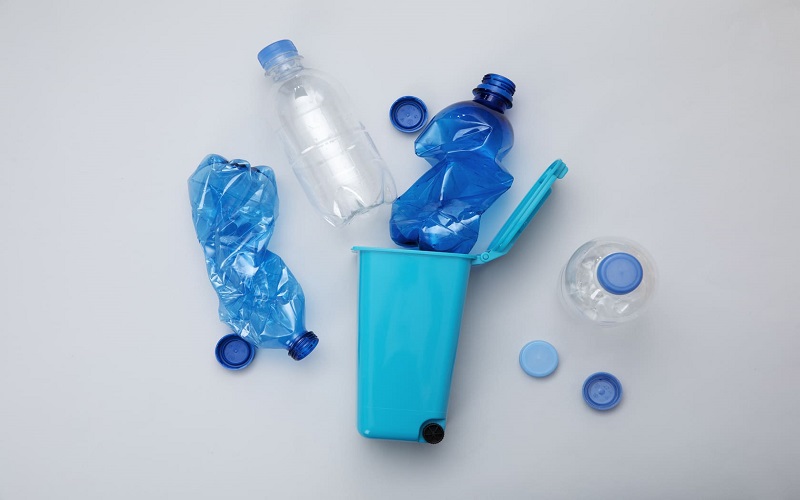
Conclusion
This article provides a detailed introduction to the four main types of polyethylene: HDPE, LDPE, LLDPE and UHMWPE.
Each of these materials has unique properties and applications, ranging from packaging materials to high-performance industrial components.
If you would like to learn more about polyethylene or other types of plastics, and how they can benefit your injection molding projects, please feel free to contact FOWMOULD for professional consultation and support.
